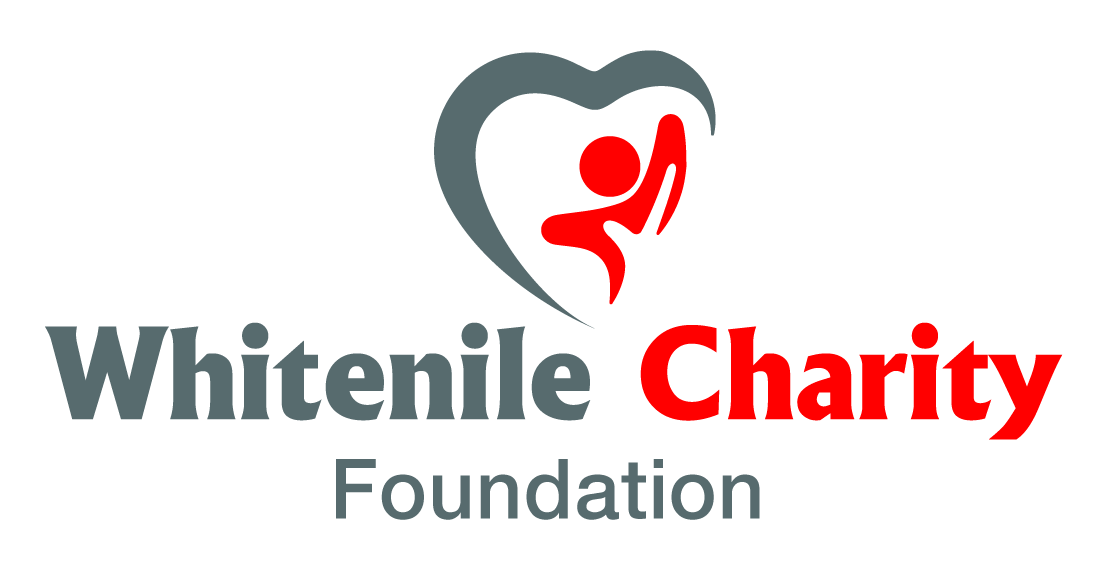Health and Nutrition of the Disabled, Elderly, Street Kids, and Young Homeless People in Uganda
The health and nutrition of the lame, elderly, street kids, and young homeless people in Uganda is a major concern that requires urgent attention. These groups are often marginalized and face significant challenges in accessing adequate healthcare and nutrition.
Improving the health and nutrition of the lame, elderly, street kids, and young homeless people in Uganda requires a multi-faceted approach that addresses the underlying social determinants of health and promotes access to healthcare and nutrition support.
Here are some steps that can be taken to improve the health and nutrition of these groups in Uganda:
Conduct a needs assessment: Conduct a comprehensive needs assessment to identify the health and nutritional needs of these groups. This can help identify the root causes of the health and nutrition challenges they face and inform the development of appropriate interventions.
Increase access to healthcare: Provide increased access to healthcare for these groups through mobile health clinics, community health workers, and partnerships with local health facilities. This can include providing access to preventive care, treatment for chronic conditions, and mental health support.
Improve nutrition: Provide nutrition education and support to improve the nutritional status of these groups. This can include providing food assistance, nutrition education, and support for income-generating activities that promote access to nutritious foods.
Address social determinants of health: Address the social determinants of health, such as poverty, unemployment, and lack of education, that contribute to poor health and nutrition outcomes among these groups.
Engage the community: Engage the community, including local leaders, NGOs, and other stakeholders, in efforts to improve the health and nutrition of these groups. This can help build support for interventions and promote sustainability.
Monitor and evaluate: Monitor and evaluate the impact of interventions to improve the health and nutrition of these groups. This can help identify successes and areas for improvement and inform future programming.

